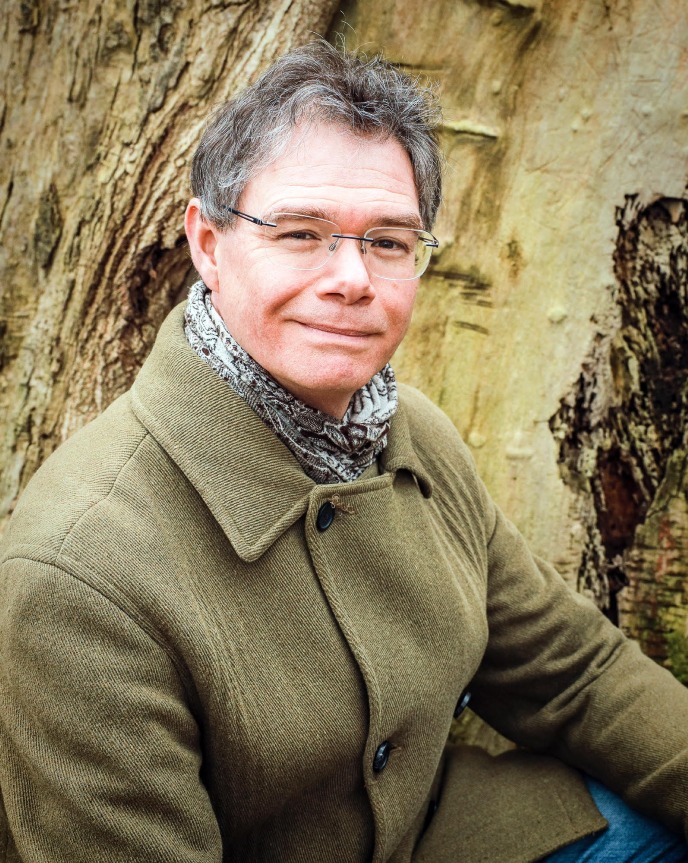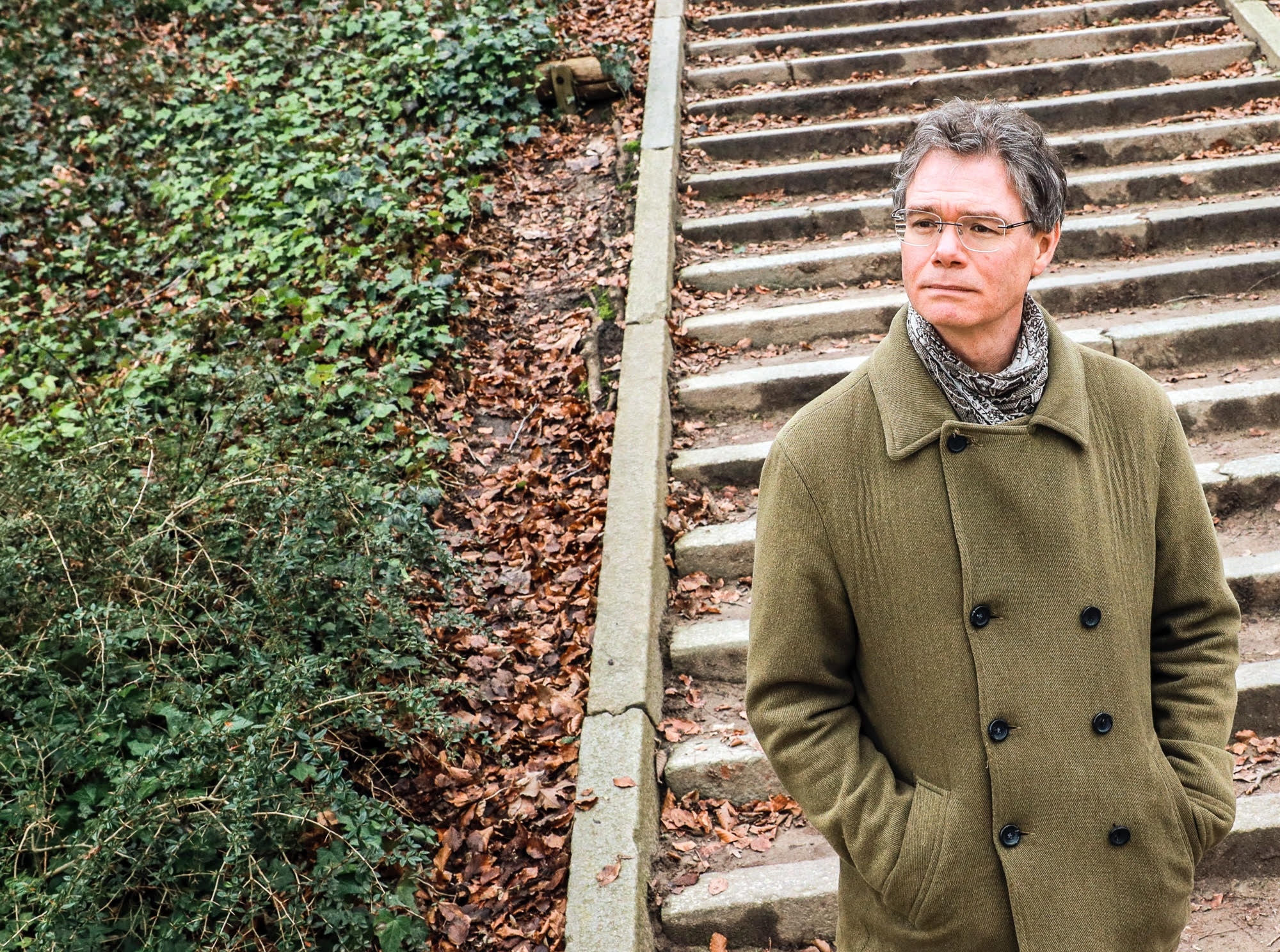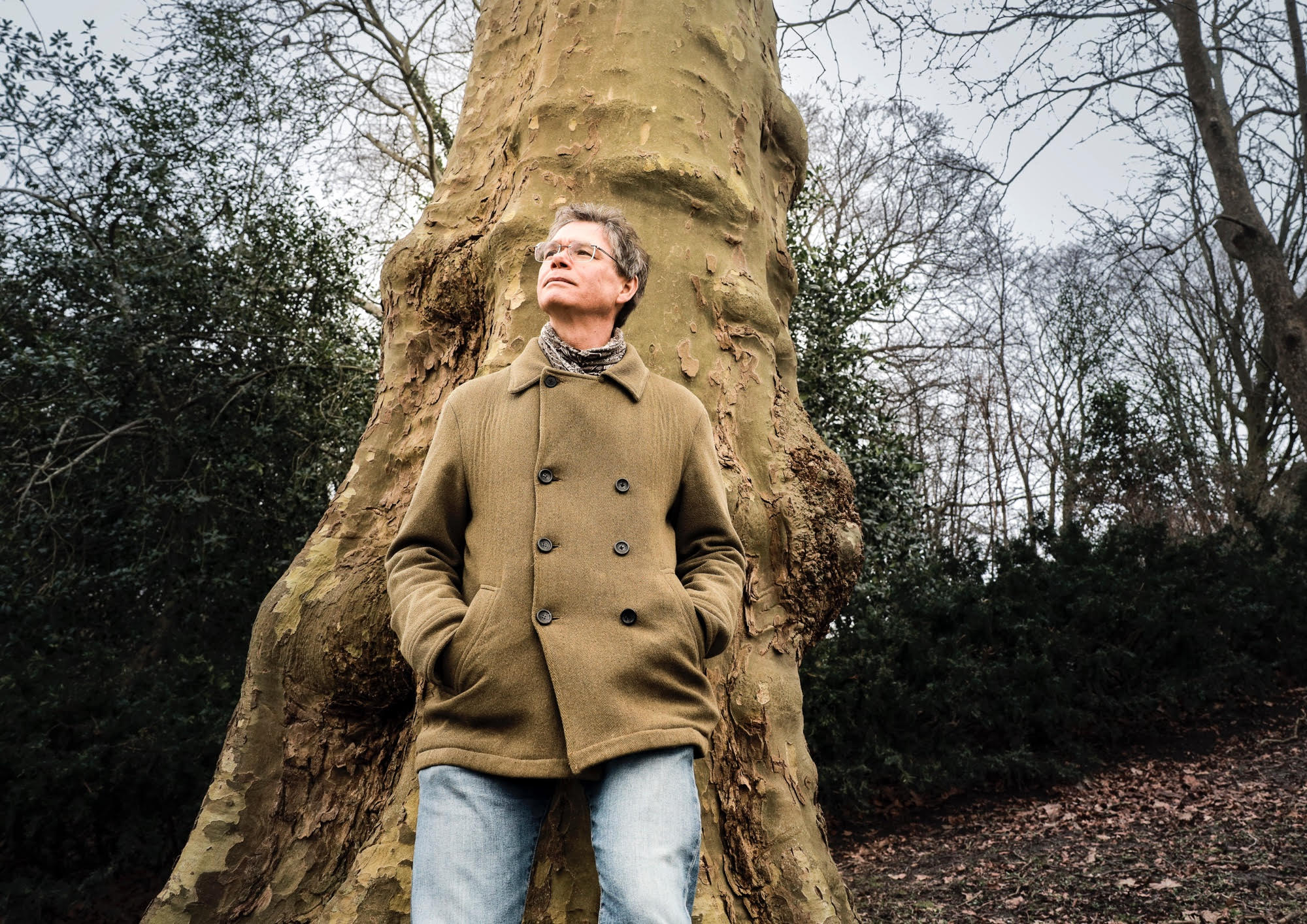'Ordinary Joes can also be creative'
Organizational psychologist Eric Rietzschel researches creativity in the workplace. According to him, creativity enables us to move forward, but there is also a downside.
Text: Beau Oldenburg / Photos: Henk Veenstra
The word 'creative' might evoke images of artists or musicians – creative types with showy jewellery and a messy atelier. But creativity is much more than that, according to organizational psychologist Eric Rietzschel. He argues that creativity can take many forms and that it is not a mysterious gift that only a few possess. ‘Everyone can be creative. Even average Joes with glasses like me.’

Needle in a haystack
Rietzschel’s research primarily focuses on workplace creativity. ‘Creative ideas have two characteristics: they are innovative and applicable.’ There is a certain tension between these two characteristics. ‘A lot of ideas are either one or the other, but not both. Many innovative ideas tend to be less applicable. And many applicable ideas tend to not always be that innovative. Finding creative ideas is like looking for a needle in a haystack: a combination of both characteristics is rare.’
Chocolate cheese?
Whether or not an idea is truly creative depends on its context. ‘Imagine this, you are a dairy producer and you only produce vanilla custard. One day, you decide to start producing chocolate custard. This change is innovative in its context, because it has never been done in your company. But there are obviously different producers that also make chocolate custard.’ For this reason, creativity research distinguishes between personal creativity and historical creativity: is the idea new for you personally, or has it been thought of before by someone else? Rietzschel: ‘Of course, chocolate custard is simply custard with a different flavour. Something truly surprising would perhaps be the production of chocolate cheese. But then applicability comes into play.’

Too innovative
One of the most important findings of Rietzschel’s research is that creative ideas are often not adopted in the workplace. ‘The assumption is that good ideas are feasible ideas. Innovative ideas are met with resistance because, just like organizations, people are risk-averse. People tend to agree on obviously effective and straightforward proposals, but innovative ideas require multiple discussions. It quickly becomes: let’s just continue doing what we have always done.’
Bigger world
This is a missed opportunity, according to Rietzschel. ‘If you go looking for a creative solution, that is usually because the current ideas no longer work well. Creative ideas help us move forward and make everything better: more sustainable, more just, more efficient, healthier, you name it.’ Creative activity also has a positive effect on the well-being of individuals. ‘It’s a fun activity, because it explores more than what is already there. In other words, it makes our world bigger. People feel good when they are being creative. That’s why it is also used in therapy.’
Dark creativity
And yet, there is a negative side. ‘It’s definitely not the case that creative ideas always have a good outcome.’ In the past few years, there has been more interest in the so-called 'dark creativity' in creativity research. ‘For example, think of creative ways to hinder someone. Or ideas that have a massive impact on society, such as addictive social media or inventions like the atomic bomb.’

Structure
Another important finding of Rietzschel’s research is that, contrary to prevailing thought, structure and creativity are not mutually exclusive and can actually go well together. ‘We tend to think that structure completely destroys creativity. But some restrictions, like a roadmap, can boost creativity in some people, because it makes the task less complex and overwhelming: first this, then that. It gives some room to breathe. A lot of artists have known this for a long time.’
Start small
Rietzschel has important advice for people who want to enhance their own creativity: do not take on too much. ‘Don’t start painting the Nachtwacht, maybe start with painting your dog or its paw print. By making your project smaller, you actually give yourself more room to breathe.’ Rietzschel applies that advice to his own bookbinding hobby. ‘I am not very dexterous with my hands. I feel immense pressure if I have to make a really precise cut. That’s why I lower the bar and choose easier projects. I give myself that space. A little bit crooked is fine. It doesn’t have to look perfect, because I do this for fun. What I find is that those easier projects allow for more possibilities to experiment and be creative. Failures are not a problem in that case.’
More information
| Last modified: | 05 March 2024 08.46 a.m. |
More news
-
17 March 2025
Liekuut | The high price of conflicts
According to Carsten de Dreu, Professor of Foundations of Cooperation and Social Organization at the University of Groningen, a lot can be learned from conflicts.
-
10 March 2025
Science for Society | Memory Lab for higher marks
Learning facts at school is something hardly anyone likes. The day before a test, pupils cram as many words or names as possible into their heads, only to hopefully remember them the next morning and then forget them again after the test.
-
05 March 2025
Women in Science
The UG celebrates International Women’s Day with a special photo series: Women in Science.
